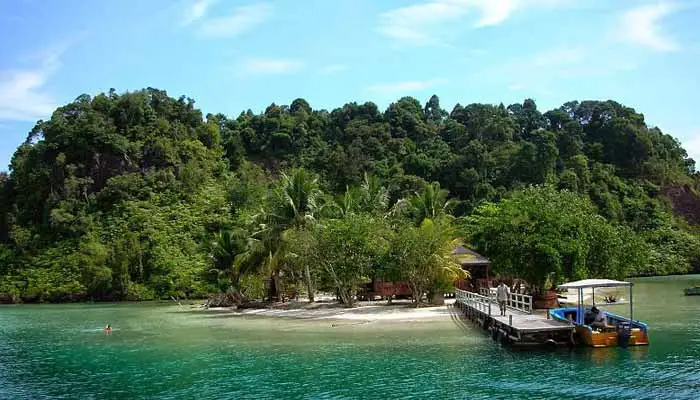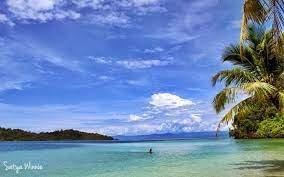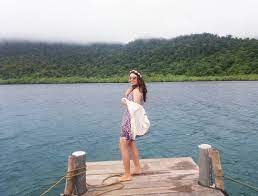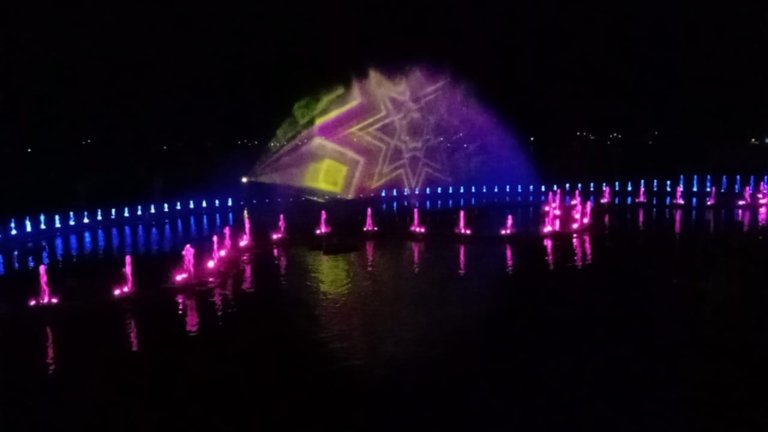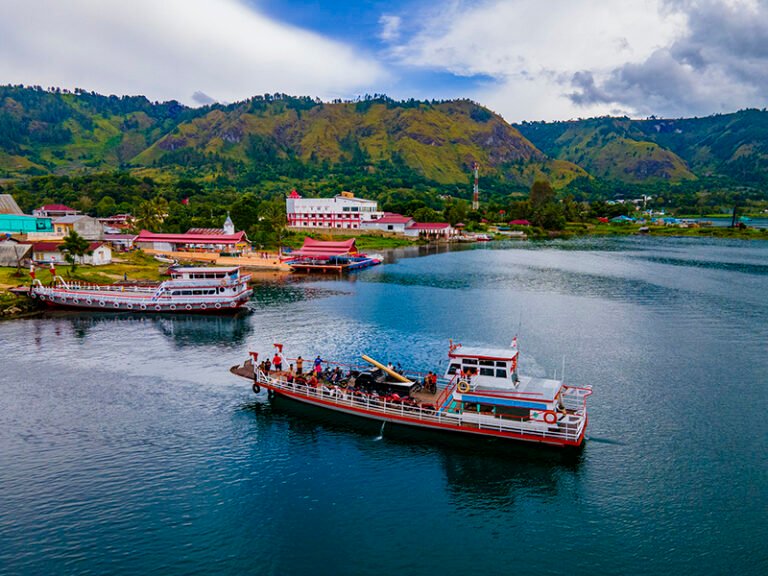Profile
This post is also available in:
![]() Indonesia (Indonesian)
Indonesia (Indonesian)
Pulau Putri Sibolga: A Hidden Paradise in North Sumatra
Stunning Natural Beauty:
- Located west of Sibolga, about 12 nautical miles from the city
- Close to Mursala Island, famous for its unique waterfall
- Small island size, only 2 hectares
- Beautiful scenery: blue sea water and white sand
Fun Activities:
- Enjoying the beautiful natural panorama
- Swimming in the clear sea water
- Sunbathing
- Playing white sand
- Diving and seeing the beauty of the underwater world
Facilities:
- Diving equipment rental available
- Cheaper rental prices for groups
Visiting Tips:
- Wear comfortable clothes and appropriate for the weather
- Use sunscreen and a hat
- Bring drinking water and snacks
- Keep the environment clean and sustainable
Pulau Putri Sibolga: The perfect tourist destination to enjoy the natural beauty and do various exciting activities.
Come and visit Pulau Putri Sibolga and experience an unforgettable travel experience!
Post Views: 139
Map
Loading…
No Records Found
Sorry, no records were found. Please adjust your search criteria and try again.
Maps failed to load
Sorry, unable to load the Maps API.
Other locations
This post is also available in: Indonesia (Indonesian)Waterfront City Pangururan is an integrated area located in Pangururan District, Samosir Regency, North Sumatra. This 6.4-hectare area is situated on the shores of Lake Toba and has a length of approximately 1.5 kilometers. The Ministry of Public Read more…
This post is also available in: Indonesia (Indonesian) Thematic: Geomorphology Tele, non-welded YTT Simanuk, Hydrothermaly altered YTT Tele – Simpang Harian, welded YTT Tele- Simpang Harian, welded OTT Simpang Limbong, meta-pebbly mudstone Geological Aspects The YTT deposits in the Tele plateau area and its surroundings Read more…
This post is also available in: Indonesia (Indonesian) Thematic: Geodiversity Sibandang-Pardepur post-calderic volcanic formations Sibandang, volcanic con Geological Aspects This area is part of the traces of the third generation Toba caldera formation (74,000 years ago), or what is also known as the ‘supervolcano’ eruption, Read more…






